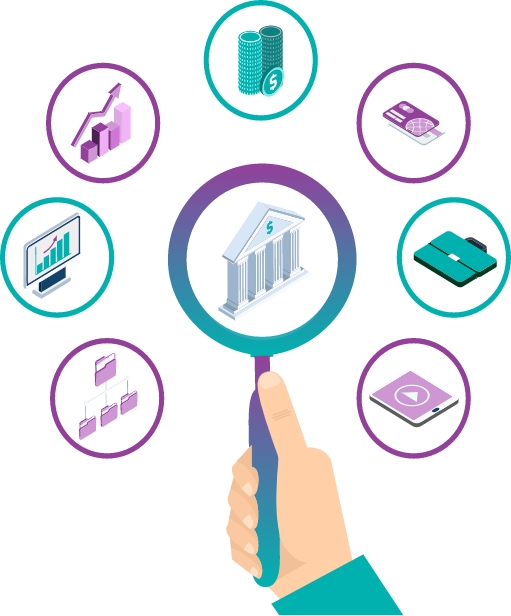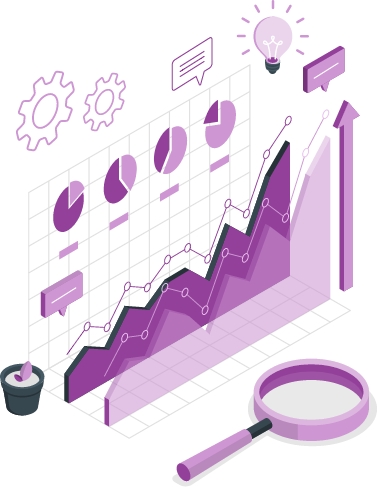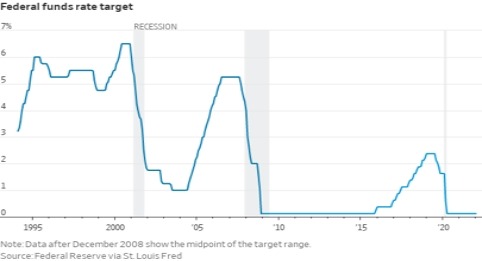While corporate treasuries maintained millions in balances that offered no yield, they now found themselves being charged fees for check clearing and balance reporting. As technology improved and new services like lockboxes, wire transfers, reporting, controlled disbursements, ACH, and anti-fraud services emerged, banks now had a significant catalog of services that they could offer their corporate customers. This began a subtle but significant transformation of the banking world from the business of buying and selling money to the provider of financial services.






